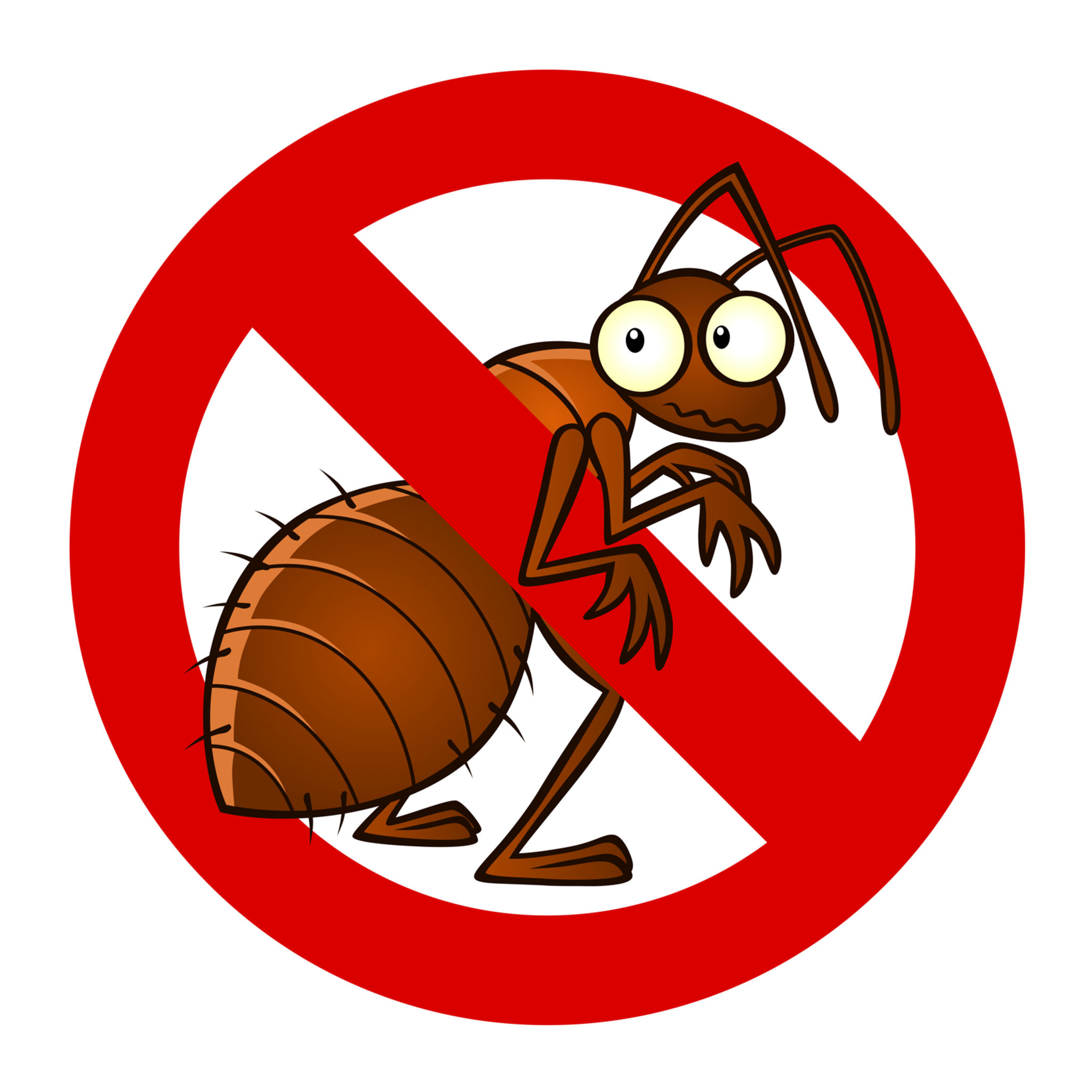A1 Bed Bug Exterminator Charlotte - Specialized Bed Bug Elimination
A1 Bed Bug Exterminator Charlotte - Specialized Bed Bug Elimination
Blog Article
Bed Pest Treatment Malfunction: Contrasting Chemical Vs. Non-Chemical Solutions
In the realm of pest control, especially when taking care of the relentless issue of bed bugs, the selection between chemical and non-chemical treatment options can be an essential one. Both methods use distinctive advantages and drawbacks, influencing factors such as performance, safety and security factors to consider, and total price. By examining the nuanced details of each technique, a more clear understanding of which path to pursue in attending to a bed pest problem can be obtained.
Performance of Chemical Treatments
Chemical treatments for bed bug infestations have actually been widely recognized for their fast and potent efficiency in eradicating these insects. When thinking about the efficiency of chemical treatments, it is important to comprehend that they can offer a extensive and quick option to a bed insect problem. Expert exterminators frequently rely upon insecticides to target bed bugs at different stages of their life cycle, consisting of eggs, fairies, and adults. These chemicals commonly work by disrupting the bed pests' nerve system, causing paralysis and ultimate death.
Additionally, chemical treatments have the benefit of offering recurring effects, suggesting that they can continue to remove bed bugs even after the initial application. This residual activity is particularly beneficial in combating any type of possible re-infestations. Additionally, the fast activity of chemical treatments can bring alleviation to individuals encountering severe bed bug problems, allowing them to reclaim control of their space swiftly.
Security Interest In Chemical Solutions
One important aspect that requires cautious factor to consider when using chemical services for bed insect treatment is making sure the safety and security of occupants and the atmosphere. While chemical therapies can be efficient in getting rid of bed bugs, they might posture dangers otherwise handled properly. Among the main security interest in chemical solutions is the possible damage they can trigger to human wellness. Exposure to particular chemicals utilized in bed bug treatments can lead to breathing concerns, skin inflammation, or other adverse responses, particularly in individuals with pre-existing conditions or level of sensitivities. Additionally, inappropriate application or dose of chemical pesticides can lead to hazardous residues lingering in the cured location, presenting lasting health threats to occupants.
In addition, the environmental effect of chemical services is one more considerable consideration. Some pesticides utilized in bed pest therapies might be dangerous to helpful insects, wild animals, and ecosystems if they seep right into the soil or water supply. It is necessary to utilize chemical treatments carefully, adhering to safety and security guidelines, and considering much less toxic alternatives to minimize these dangers and make certain the reliable and risk-free management of bed bug infestations.
Benefits of Non-Chemical Methods
Taking into consideration the possible safety worries and environmental influence associated with chemical options for bed bug treatment, checking out non-chemical strategies offers a promising option with numerous distinct advantages. Non-chemical therapies commercial pest control companies are environmentally pleasant, as they do not add to air or water contamination, making them a sustainable selection for bug control.
Furthermore, non-chemical options can be reliable in targeting bed bugs, including hard-to-reach locations where chemical therapies might not penetrate - A1 charlotte bed bug exterminator. Approaches such as warmth treatment, vacuuming, heavy steam cleaning, and bed mattress encasements offer extensive obliteration without the use of dangerous chemicals.
Limitations of Non-Chemical Treatments

Furthermore, non-chemical treatments typically require numerous applications to attain successful removal. This can be taxing and may not constantly assure complete elimination of all bed insects and their eggs, especially in hard-to-reach or hidden places.
In addition, the success of non-chemical therapies heavily relies on proper implementation and thoroughness, which can be testing for individuals without professional expertise. Inadequate application of non-chemical methods may lead to insufficient eradication, leading to persistent infestations and the demand for added therapies.
As a result, while non-chemical therapies have their benefits, it is important to acknowledge these constraints and consider them when figuring out the click most reliable strategy for taking care of bed bug infestations.
Price Contrast: Chemical Vs. Non-Chemical Options
Given the constraints associated with non-chemical treatments, an important facet to examine in the redirected here context of bed insect administration is the price comparison in between chemical and non-chemical options. In contrast, non-chemical therapies like warmth treatment or heavy steam can be extra expensive, with prices ranging from $1,000 to $6,000 for an entire home. While the preliminary price of chemical treatments may seem lower, numerous therapies may be needed to totally remove the problem, potentially boosting the general expense.
Conclusion

Thinking about the possible safety and security concerns and environmental influence connected with chemical remedies for bed pest treatment, exploring non-chemical approaches presents an appealing choice with numerous distinctive advantages.Given the restrictions connected with non-chemical treatments, a vital facet to evaluate in the context of bed pest administration is the expense comparison between chemical and non-chemical choices. In contrast, non-chemical therapies like warm treatment or heavy steam can be a lot more expensive, with costs varying from $1,000 to $6,000 for an entire home. While the preliminary price of chemical therapies may seem reduced, numerous treatments might be required to totally eliminate the invasion, possibly boosting the general cost.In final thought, when comparing chemical and non-chemical bed insect treatment options, it is vital to think about efficiency, safety, advantages, constraints, and price.
Report this page